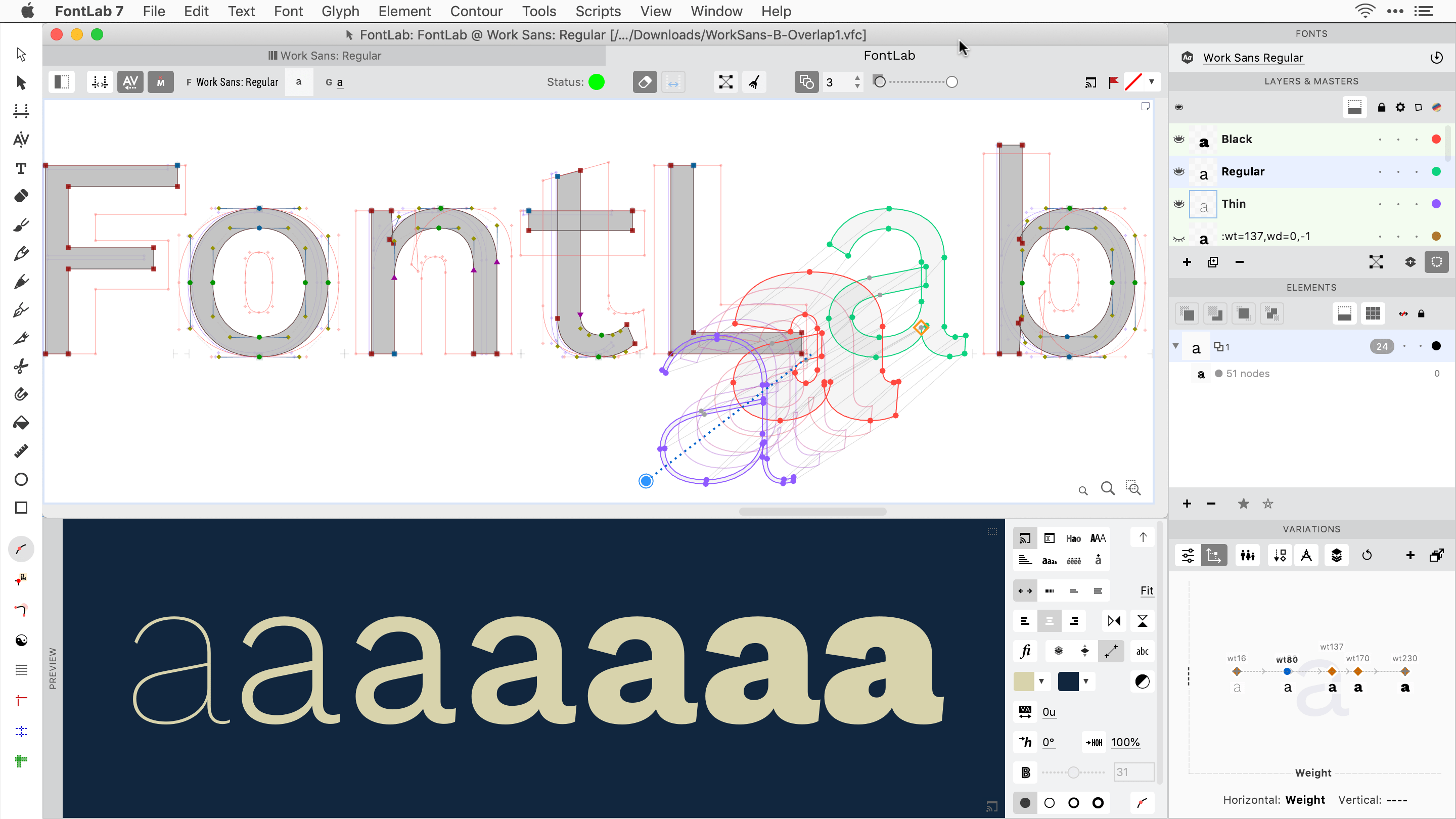


Roman type has roots in Italian printing of the late 15th and early 16th centuries, but Times New Roman's design has no connection to Rome or to the Romans. In Times New Roman's name, Roman is a reference to the regular or roman style (sometimes also called Antiqua), the first part of the Times New Roman family to be designed. After one year, the design was released for commercial sale. The new design made its debut in The Times on 3 October 1932. The main change was that the contrast between strokes was enhanced to give a crisper image. Morison proposed an older Monotype typeface named Plantin as a basis for the design, and Times New Roman mostly matches Plantin's dimensions. This matched a common trend in printing tastes of the period.

It has become one of the most popular typefaces of all time and is installed on most desktop computers.Īsked to advise on a redesign, Morison recommended that The Times change their text typeface from a spindly nineteenth-century face to a more robust, solid design, returning to traditions of printing from the eighteenth century and before. It was commissioned by the British newspaper The Times in 1931 and conceived by Stanley Morison, the artistic adviser to the British branch of the printing equipment company Monotype, in collaboration with Victor Lardent, a lettering artist in The Times's advertising department.
#Fontlab 5.1.3 how to#
In the sub-sections which follows, we explain how to place and orient the camera by the use of these four vectors and the sky and look_at modifiers.Times New Roman is a serif typeface. A more detailed explanation of the camera types follows later. The meaning of these vectors and other modifiers differ with the projection type used. All other camera modifiers adjust how the camera does its job. The type keywords and these four vectors fully define the camera. Regardless of the projection type all cameras use location, right, up, direction, and other keywords to determine the location and orientation of the camera. The POV-Ray camera has 9 different models and they are as follows:Įach of which uses a different projection method to project the scene onto your screen. All other CAMERA_ITEMs are taken from the default camera,.Through the look_at point, the angle keyword has to be use. With the same area of view as a perspective camera at the plane which goes Projection up or right have to be specified. The Orthographic camera has two 'modes'.Specified is the CAMERA_TYPE, the cylindrical camera also requires the For other than the perspective camera, the minimum that has to be.Other CAMERA_ITEMs may legally appear in any order.The CAMERA_TYPE has to be the first item in the camera.If no projection type is given the perspective camera will be used.If no camera is specified the default camera is used.Optional smooth modifier valid only when using mesh_cameraĭepending on the projection type zero or more of the parameters are required: Rays per pixel & distribution type & & MESH_OBJECT & Syntax is permitted but generates a warning. That it is more obvious to the user that their effect is global. POV-Ray have been moved inside the global_settings statement so

Note: Some items which were language directives in earlier versions of Values were specified in the last global_settings statement Have multiple global_settings statements in a scene. The statement may appearĪnywhere in a scene as long as it is not inside any other statement. Gathers together a number of global parameters. The global_settings statement is a catch-all statement that


 0 kommentar(er)
0 kommentar(er)
